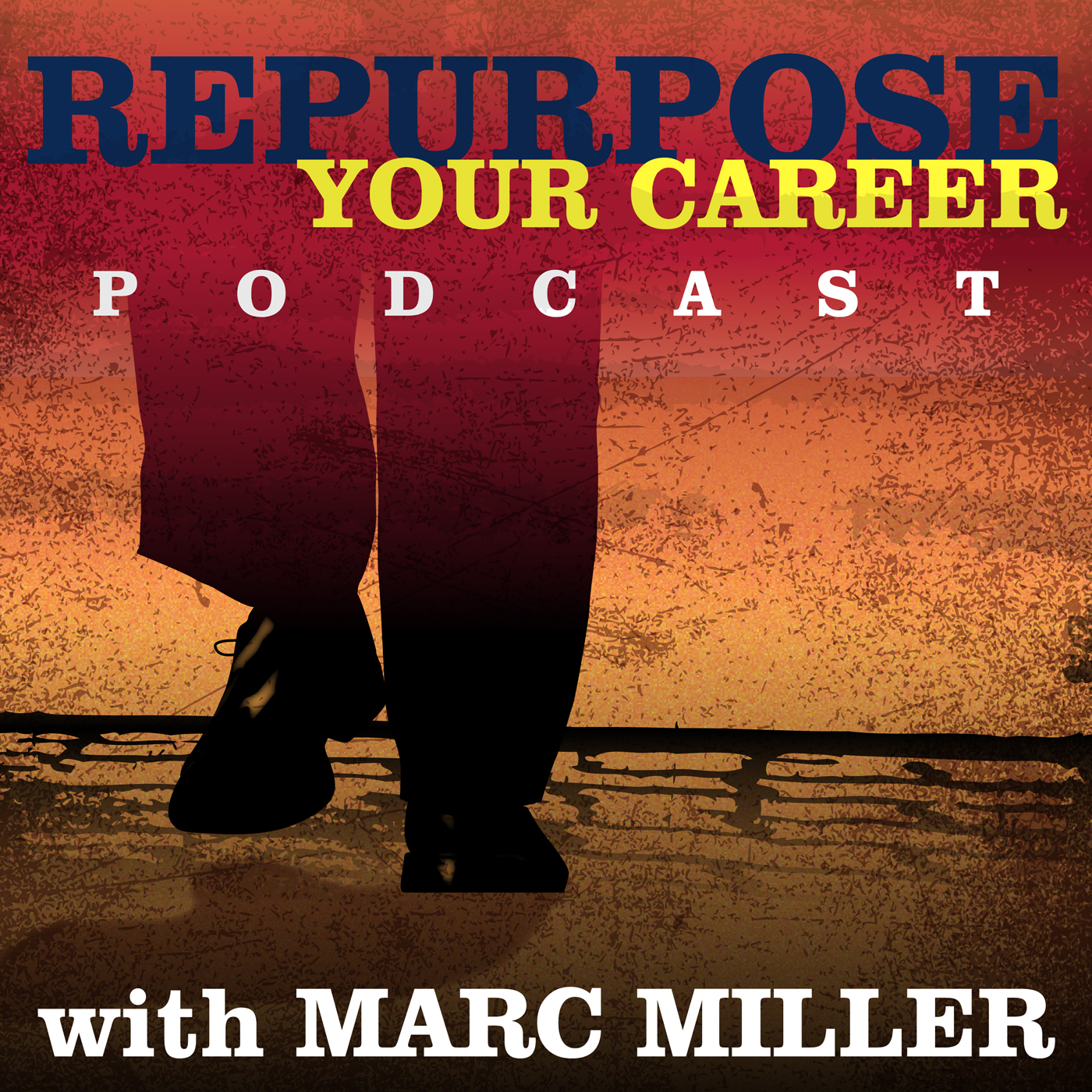Baby Boomers, Gen X and Y
 I have been blogging on Baby Boomers, Gen X and Y in the Mult-Generational Workplace for the last month. Several of these posts have generated a lot of feedback.
I have been blogging on Baby Boomers, Gen X and Y in the Mult-Generational Workplace for the last month. Several of these posts have generated a lot of feedback.
If you have not already read some of the series, this is a good time to review: Multi-Generational Workplace Series.
As you might expect, a lot of the comments I received centered around Gen Y and their lack of conforming to workplace rules.
Paying their dues
There were several comments that new Gen Y employees expect to come into the workplace and rapidly move up, but that they should have to pay their dues before being able to move up.
Hmm… Pay their dues. My first reaction was why?
The world is changing at a phenomenal pace. If someone can do the job better than someone else, why should they have to wait in line? What difference does their age or years on the job make?
With the workplace rapidly moving to a more nimble place, why does anyone need to pay their dues?
Why do we have to label people?
There were quite a few comments about using the labels Baby Boomer, Gen X, and Gen Y!
These are not homogeneous groups. They are very heterogeneous with a lot of variation, especially when people are born at the edges of each generation. These labels were created by sociologists and others to understand the characteristics of groups of individuals who had common experiences. For example, Baby Boomers were uniquely shaped by having lived through the Vietnam War and Watergate eras.
In addition, the years that define Gen X and Y can be quite different!
Listen to the most recent episode


Marc Miller
Discover the Perfect Destination for Your Retirement or Remote Work Abroad #337
I think the labels are good when used properly to help discuss our differences. The challenge is that each generation looks at the others through their own lenses. Each generation is different, and it is wonderful when we can discuss each in a multi-generational setting.
Gen Y Managers
There were multiple comments that Gen Y managers can be capable of managing multiple generations. My personal observation is they are more socially aware of the differences in their employees. On the other side of the equation is who will be training them in leadership and management skills? In the good old days, large companies had management training programs, and many of today’s managers went through those programs.
The good old days as we knew it are gone. The workplace will shift to a Gen Y-dominated environment over the next ten years and this concerns me. Who is going to train them?
Gen X and Y
As I wrote in my last post, Gen X and Y are very different. The real issue going forward will be – are there enough Gen Xers to replace retiring Baby Boomers?
One of the big reasons that there are predictions that Gen Y will make up 50% of the workplace by 2020 (by the way, the SHRM article I link to defines Gen Y starting in 1975 through 1994) is because there are so few Gen Xers. Generation X is a very small generation, at approximately 50 million. Compared to the Baby Boomer Generation’s 79 million and Generation Y at over 80 million, Generation X is tiny. There are lot reasons for this:
- Silent Generation was also tiny due to low birth rates during the depression and WW II
- Birth Control became available in the mid-1960’s and birth rates flattened out
- Vietnam war drove millions of Baby Boomers to college to avoid the draft and therefore, delaying household creation and having children
- High divorce rates among the silent generation
The issue we have not discussed here is the effect of immigration. There are significantly more people in this country who fit into Gen X age range who were not born here. They do not classically fit into the Gen X experience. What do you think this means?
What do you think is going to happen?
Please read the rest of the Multi-Generational Workplace Series.
Marc MillerLike What Your Read? Get Career Pivot Insights
Do You Need Help With ...

Check out our Help Center where you have access to 14 different content portals.


I found you on twitter and thought my most recent blog post about my mom’s baby boomer career awards would be of interest to you and your audience!